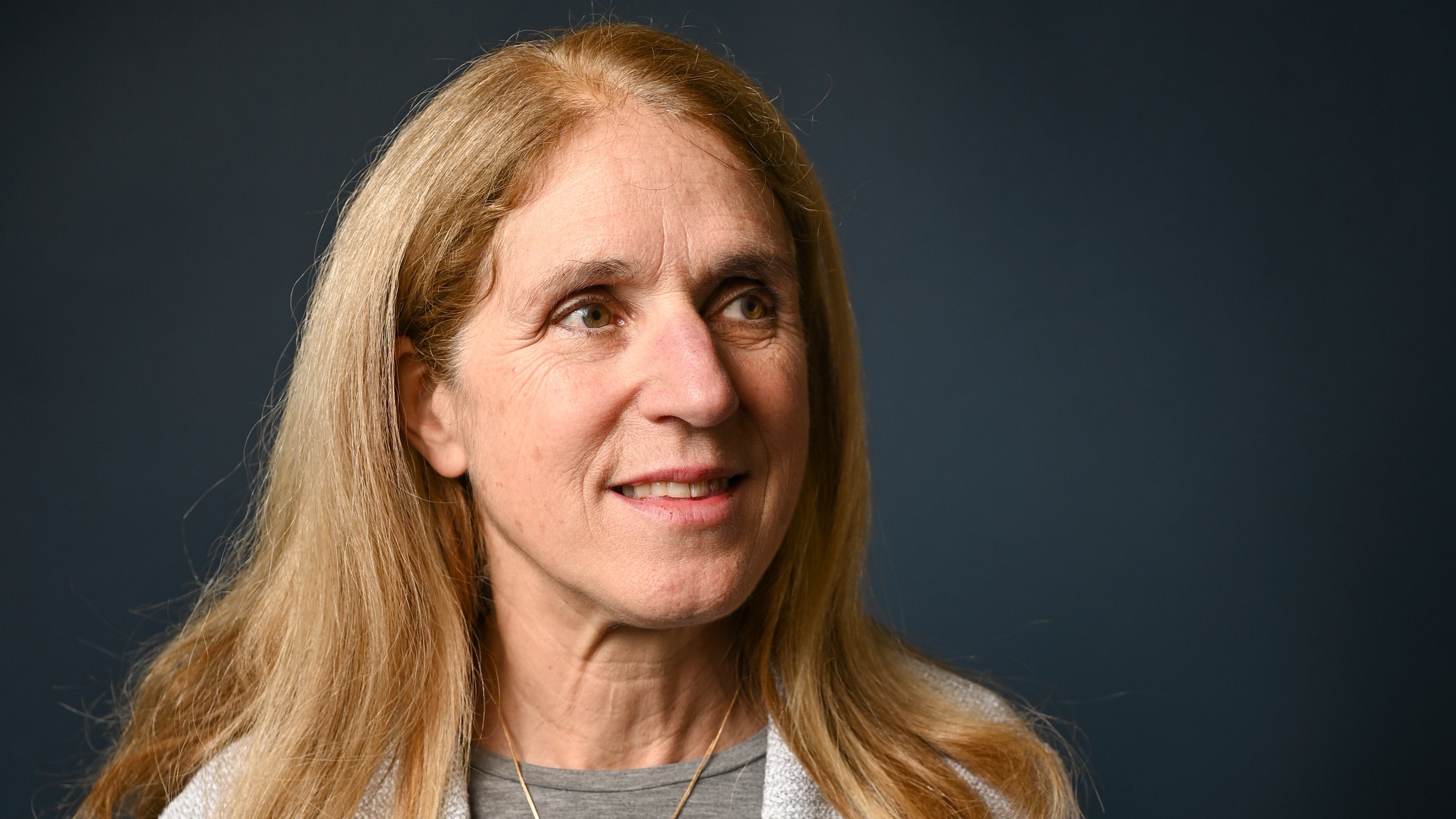Portland Public Schools Board member Julia Brim-Edwards released a statement Tuesday calling for the district and the School Board to hold public discussion around the bond measure appearing on ballots that arrive in Portland mailboxes tomorrow. She said the public deserves more information, particularly on what seismic upgrades the bond will fund.
The $1.83 billion bond has been the subject of much workshopping since the School Board initially referred it to voters on Jan. 7, as board members have grappled with understanding why the three high schools it plans to fund will be some of the most expensive in the nation. On Feb. 11, the School Board approved a cost-savings framework, which required the district to try and pare down costs while reporting back regularly to the board on any progress.
The district was scheduled to give its last update on April 22, but instead, board members received a written memo. When Brim-Edwards tried to request a discussion about the bond at that meeting, School Board Chair Eddie Wang abruptly closed the meeting, sparking frustration.
“We passed a resolution in which we were supposed to have a presentation and an opportunity for discussion and Q&A about the bond,” Brim-Edwards said at the meeting. “I think it’s disappointing that it unilaterally got taken off, something that the board passed as part of a resolution.”
Brim-Edwards’ written statement underscores those frustrations. She writes that the purpose of such public updates was “to keep the community informed about the May Bond as well as the Board-directed cost reductions and potential funds available for elementary and middle school improvements and repairs.”
Specifically, Brim-Edwards is concerned that the bond currently does not have enough information about how much money from the $190 million in deferred maintenance will go toward seismic upgrades. She wrote that in November, the district indicated there would only be between $5 million and $10 million available to retrofit one or two schools, “a fraction of the schools needing seismic upgrades.” As WW has reported, the district has 19 unreinforced masonry buildings that could collapse in on students during a Cascadia subduction zone earthquake, and it would cost $126 million to retrofit all of them.
At an April 8 meeting, district staff indicated that there could be between $176 million and $208 million going toward elementary and middle schools from the balance for high school modernizations as well. Brim-Edwards wrote that was optimistic, and says the district should share its plans to retrofit schools with those additional funds.
There’s also been some concern among PPS’s Native community that a new version of Jefferson High School would eliminate dedicated space for the Indian Education Project. Brim-Edwards says Native staff and families raised concerns about this in a meeting with Superintendent Dr. Kimberlee Armstrong during an April 10 meeting, and that Armstrong told them they’d be able to articulate their concerns at the April 22 meeting.
“School communities with modernizations, families with students in seismically unsafe schools and the Indian Parent Community were expecting the April 22nd meeting to be the place to understand and share information as it was the public meeting the Board and Superintendent had indicated would be the forum,” Brim-Edwards wrote.
Brim-Edwards’ statement comes just weeks after School Board members Herman Greene and Gary Hollands both publicly expressed concern that costs for the three high schools remained sky-high, even after months of trying to bring down costs. Political consultants and education experts WW spoke with then said it was highly unusual for public disagreement among board members at this stage in the bond process.
But Brim-Edwards says more daylight is required.
“Public trust and credibility require conversations to happen at public meetings, and our community has the right to ask and understand what is in the bond package and how projects are going to be prioritized,” she wrote. “The Board and staff should not backburner concerns that have been raised, rather it should discuss, answer questions, and potentially take action on issues relating to the bond in its public meetings.”
